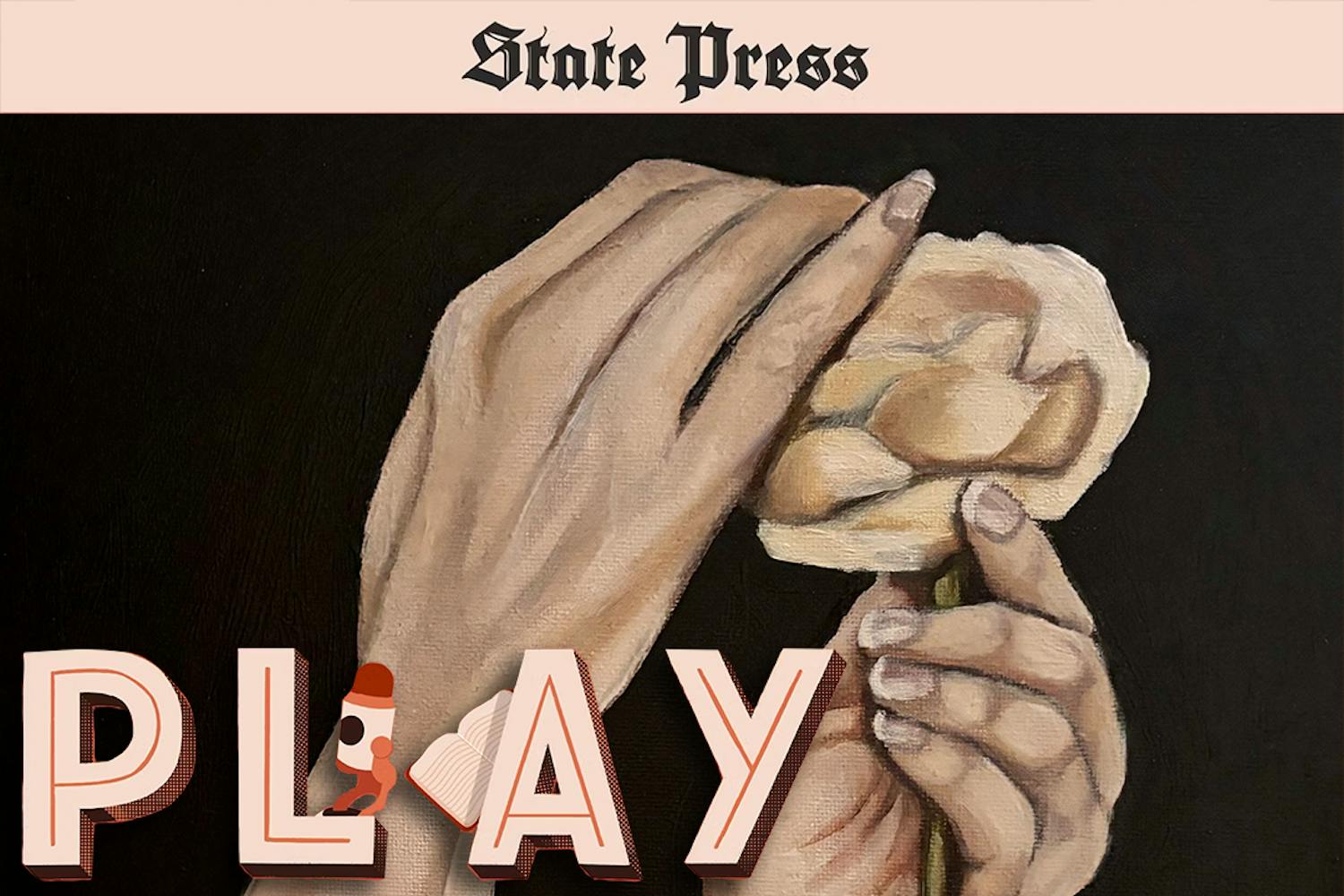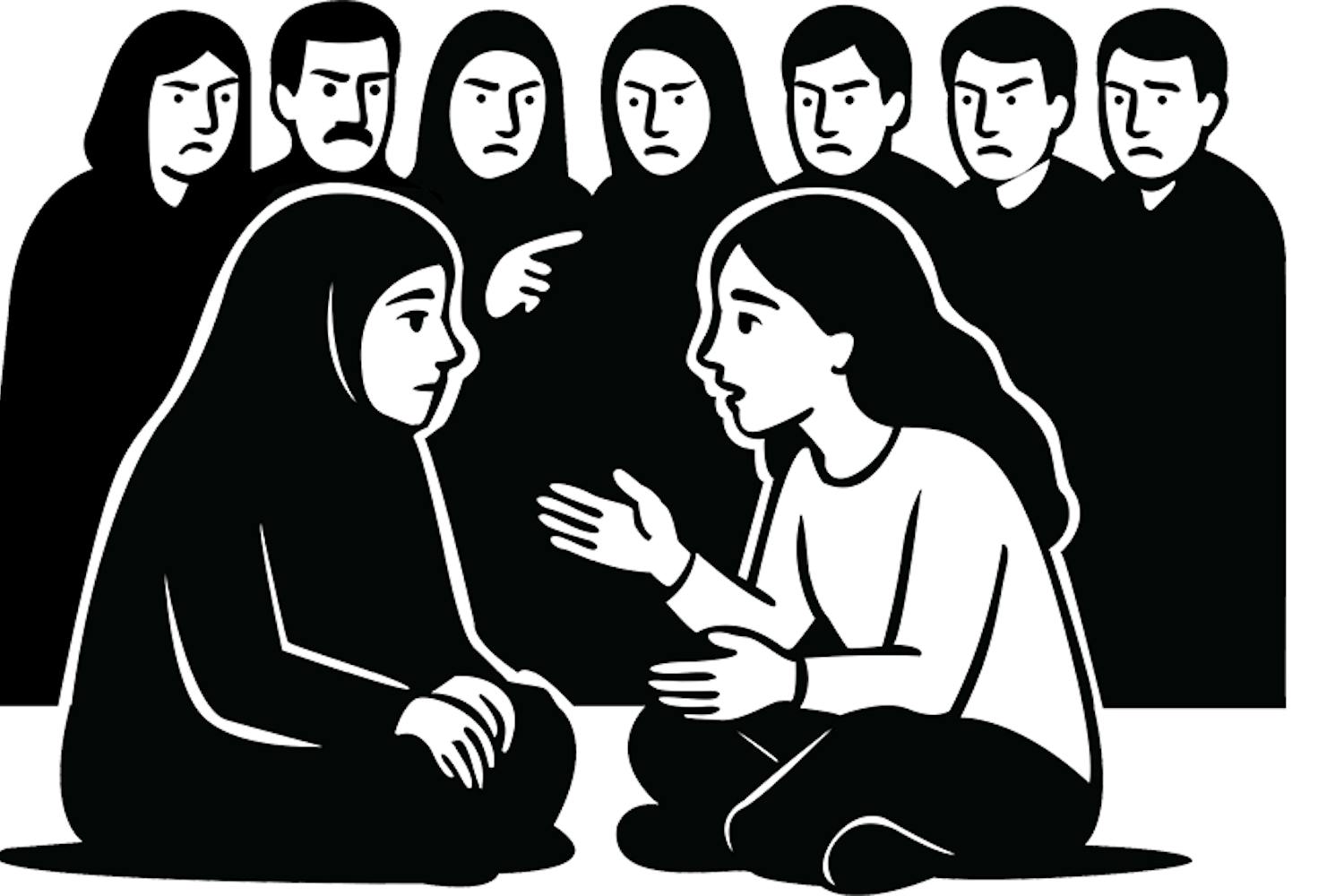If Adam Smith were alive today, he'd better hope that his hand was still invisible so no one would catch him copping a feel on the voluptuous supply-and-demand curves of "big-box" stores such as Costco and Sam's Club. Combining the lowest common denominator capitalism of the physical stores with the renegade entrepreneurialism of Internet shopping, it should come as little surprise that Costco.com recently sold an authentic Picasso.
The sale to an anonymous buyer, reported on The Associated Press wire, leaves a great deal to the imagination. Perhaps the buyer was browsing Costco's more conventional merchandise, such as value packs of tortilla chips and mayonnaise tubs the size of beer kegs, and simply happened to stumble onto an original piece of artwork by one of the most influential painters of the twentieth century.
Or maybe a Google search for fine art led him into the mundane consumer-land of Costco.com, at which point the buyer calmly threw the Picasso into his online shopping cart and then browsed the ample selection of picture frames. I hope the buyer at least got free shipping.
Assuming Costco.com and the like continue to sell fine art, one has to imagine that art will be thought of more and more in terms of commodity value. Even the price tag on the Picasso ($39,999.99) followed the typical logic of supermarket pricing signified by its universal 99 cents suffix.
Art will land squarely within the continuum of "products," falling right between 1,000-piece bags of fun-size candy and cheaply made Korean DVD players, unless we start seriously questioning the tendency of Internet hyper-capitalism to slap a price tag on every experience, value and emotion.
Although the piece of artwork in question attains a certain level of status when referred to as a "Picasso," the piece itself amounts to little more than a "doodle," to quote the seller. Moreover, Picasso likely created said doodle not out of any higher artistic calling, but, ironically, to barter it for other goods.
Picasso's tag lends the doodle a brand name and therefore a marketable measure of status, much like how Louie Vuitton's initials plastered all over a handbag transforms an ugly piece of garishly-painted leather into an object of stylistic crack rock so potent that even the knockoffs sell for $200.
Thanks to the Internet's rampant capitalization of pretty much everything, Picasso becomes just another luxury brand name alongside Mercedes-Benz, Gucci or Tiffany's.
Ideally, the doodle would reside in a museum as a side note in the history of the artist's life and work. Access would be extended to anyone wishing to see an element (however slight) of humanity's shared artistic heritage.
Instead, it's a conversation piece on someone's wall, hanging there in wait for new visitors to impress, maybe even helping someone get laid by easily impressionable art majors.
So before the mysterious buyer starts knocking up unsuspecting art fans, someone needs to lay down the law before market forces transform any more of our cultural artifacts into expensive aphrodisiacs.
Even Costco is not entirely to blame here, since all markets will inevitably collide. Blame instead the forces of conspicuous consumption, or the lack of museum funding and then start looking for a nice Van Gogh in the overstock.com clearance bin.
Solomon Rotstein is a humanities major. Reach him at solomon.rotstein@asu.edu.




